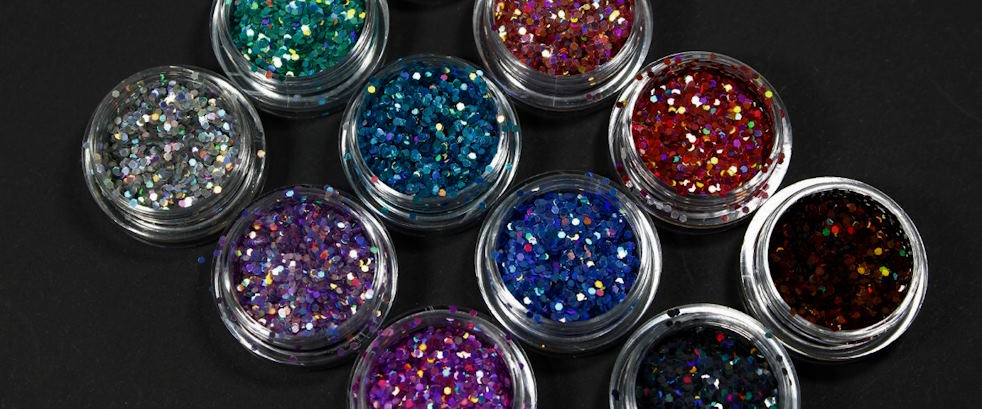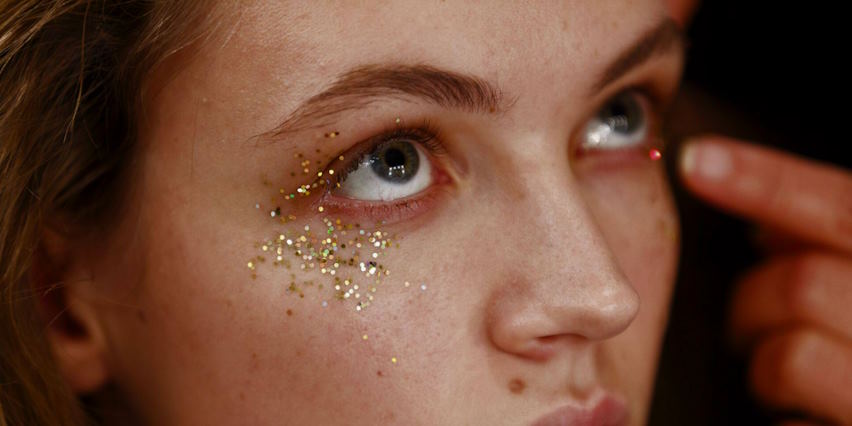Glitter Makeup: Yes Or No?

Glitter makeup has taken the beauty world by storm, capturing the attention of makeup enthusiasts and trendsetters alike. The allure of shimmering particles that catch the light and add a touch of magic to our looks is undeniable.
However, the question remains: is glitter makeup a resounding yes or a cautious no? This debate has sparked discussions among beauty lovers, with opinions varying on whether glitter makeup is a must-have or a potential beauty faux pas.
Why is glitter makeup so popular?
One of the primary factors driving the popularity of glitter makeup is its captivating visual impact. The shimmering particles are mesmerizing, catching and reflecting light enchantingly. Whether it’s a subtle glimmer or an intense sparkle, the visual allure of glitter instantly grabs attention and adds a touch of magic to any makeup look.
Beyond its visual appeal, glitter makeup allows for unparalleled self-expression and playfulness. It provides individuals with an artistic outlet to experiment with different colors, textures, and application techniques.

The versatility of glitter makeup also contributes to its popularity. It can be applied to various areas of the face, including the eyes, cheeks, and lips, allowing for endless possibilities. So whether you desire a subtle glint or a full-on glamorous effect, glitter offers options for every occasion, enabling individuals to tailor their looks to their unique style and preferences.
Besides, glitter makeup has also become synonymous with special occasions and celebrations. Its association with joy, festivity, and glamor makes it a go-to choice for parties, holidays, and memorable events. By incorporating glitter, individuals can elevate their makeup looks and make a dazzling statement, creating unforgettable moments.
Why are some people scared to experiment with glitter makeup?
Glitter makeup can intimidate some individuals, leading to hesitations and fears when experimenting.
One common concern is the fear of overdoing it. Glitter makeup has the potential to be bold and attention-grabbing, which can make individuals worry about appearing too dramatic or garish. In addition, the desire for a more subtle or natural look may make them hesitant to explore glitter as a makeup option.
Another factor is the perceived difficulty of applying glitter. It just requires some precision, technique, and skill to achieve the desired effect. As a result, individuals lacking confidence in their application skills may hesitate to experiment with glitter makeup, fearing that they won’t be able to achieve a seamless result.

Besides, glitter particles can be prone to fallout and smudging if not applied or set properly. Concerns about glitter spreading onto clothes and faces or the challenge of removing it completely at the end of the day may discourage people from incorporating it into their routines.
Lastly, certain types of glitter may contain ingredients that can cause irritations or allergic reactions. As a result, individuals with sensitive skin or preexisting allergies may fear adverse reactions, leading them to avoid experimenting with glitter makeup or seek alternative products that are less likely to trigger sensitivities.
What are the types of glitter for makeup?
Glitter for makeup comes in various forms, such as loose glitter, pressed glitter, glitter gels, glitter eyeshadows, glitter eyeliners, and glitter lip products. These options provide different textures and effects to enhance your makeup looks.
For example, loose glitter is composed of fine particles found in small jars or containers. Its loose form allows versatility, enabling you to apply it to various face and body areas. In contrast, glitter gels are gel-based products infused with fine glitter particles. They are often packaged in squeeze tubes or pots, ready for immediate use without additional adhesives.

